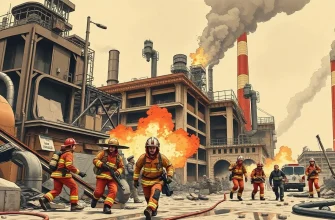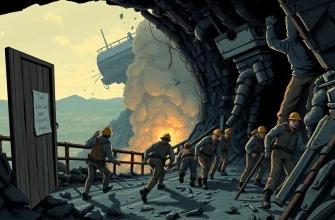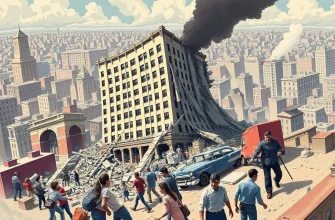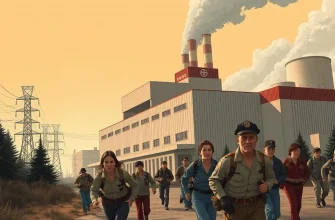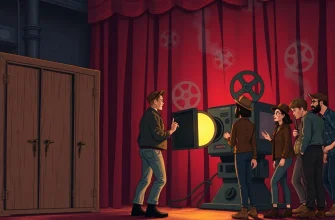If you're fascinated by the chaos that can ensue when technology goes awry, this list is for you. From nuclear meltdowns to AI going rogue, these films not only entertain but also serve as a stark reminder of the potential dangers lurking in our increasingly tech-dependent world. Here's a selection of ten films that capture the essence of technological disasters, each with its unique twist and compelling storyline.
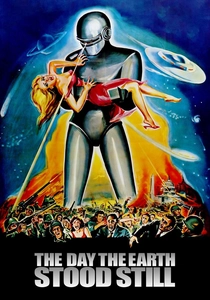
The Day the Earth Stood Still (1951)
Description: An alien arrives on Earth to warn humanity about the dangers of nuclear weapons, using technology to stop the planet in its tracks.
Fact: The film was remade in 2008 with a different plot but retained the core theme of technological warning.
 Watch Now
Watch Now

The Andromeda Strain (1971)
Description: A deadly microbe from space threatens humanity, and scientists must use technology to contain and study it, highlighting the potential for biological disasters.
Fact: The film was based on Michael Crichton's novel and was one of the first to use computer graphics for its opening credits.
 Watch Now
Watch Now
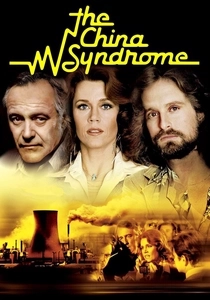
The China Syndrome (1979)
Description: This film eerily predicted the Three Mile Island nuclear accident just weeks after its release, focusing on a reporter and her cameraman who capture footage of a near-catastrophic event at a nuclear power plant.
Fact: The term "China Syndrome" refers to the theoretical scenario where a nuclear reactor's core melts through the Earth to China.
 Watch Now
Watch Now
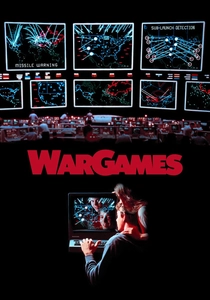
WarGames (1983)
Description: A young hacker inadvertently starts a nuclear war simulation with a military supercomputer, exploring the potential for technology to trigger global conflict.
Fact: The film influenced the creation of the Computer Emergency Response Team (CERT) to address computer security threats.
 Watch Now
Watch Now
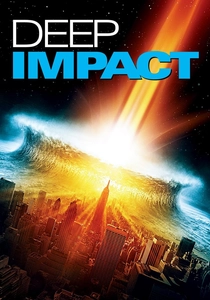
Deep Impact (1998)
Description: A comet is on a collision course with Earth, and humanity must come together to avert the disaster, showcasing both technological prowess and human resilience.
Fact: The film was released in the same year as "Armageddon," leading to comparisons between the two.
 Watch Now
Watch Now

The Matrix (1999)
Description: While not a traditional disaster film, it explores a world where AI has enslaved humanity, showcasing the potential for technology to become a catastrophic force.
Fact: The film's "bullet time" effect revolutionized action sequences in cinema.
 Watch Now
Watch Now

The Core (2003)
Description: When the Earth's core stops spinning, a team of scientists must drill to the center of the planet to restart it, highlighting the potential for technological solutions to natural disasters.
Fact: The film's concept was inspired by a real scientific theory about the Earth's core.
 Watch Now
Watch Now
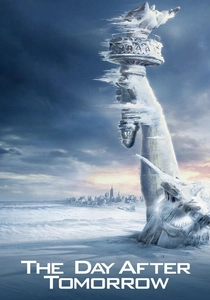
The Day After Tomorrow (2004)
Description: While not strictly about a technological disaster, this film showcases the catastrophic effects of climate change, which can be seen as a result of human technological interference with nature.
Fact: The film was used by the United Nations to raise awareness about climate change.
 Watch Now
Watch Now

Chernobyl Diaries (2012)
Description: A group of tourists explore the abandoned city of Pripyat, only to find themselves trapped by unknown forces. This film uses the real-life backdrop of the Chernobyl disaster to create a chilling horror experience.
Fact: The film was shot in Serbia, not Ukraine, due to safety concerns around the actual Chernobyl site.
 Watch Now
Watch Now

Fail-Safe (1964)
Description: A chilling Cold War thriller where a technical glitch leads to an accidental nuclear attack on the Soviet Union, exploring the terrifying implications of nuclear deterrence.
Fact: The film was originally intended for live television but was released in theaters due to its high production values.
 30 Days Free
30 Days Free


